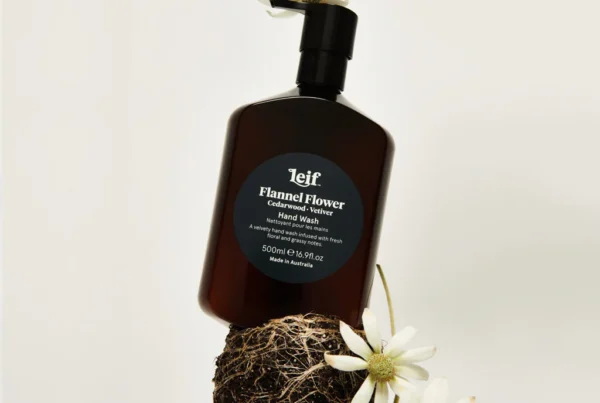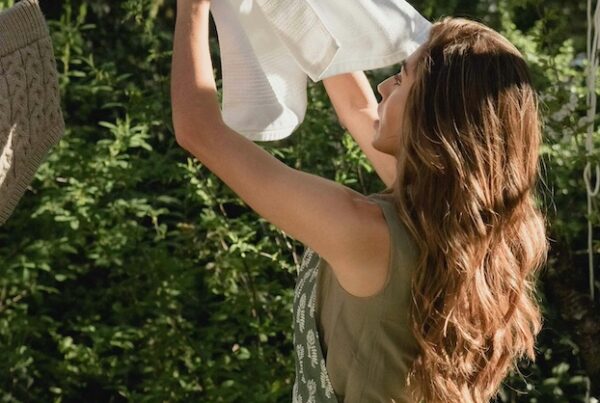When it comes to fashion, we all know that whilst it’s fun to play with, it’s extremely bad for the environment. Fashion is the second-largest polluter in the world. But, we don’t want to lose fashion or to lose our ability to express ourselves through fashion as a medium. So, what can we do to make sure our self-expression doesn’t get in the way of a healthy planet? The answer may well lie in circular fashion and the circular fashion economy.
Circular fashion vs the circular fashion economy
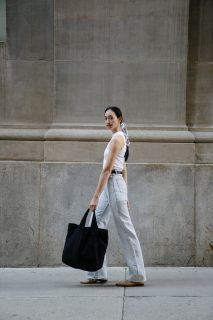
Photo by John Diez from Pexels
There is often confusion when it comes to circular fashion. There is a difference between circular fashion itself and the circular fashion economy.
So, what is circular fashion?
Circular fashion shares the same basis as the circular economy. It relates to fashion in a much wider way. It’s more than simply thrifting and not buying new clothes. It relates to the entire life cycle of the garment. This includes “design and sourcing, production, transportation, storage, marketing, and sale”. Only the latter life cycle of the garment relates to the consumer usage post-sales. These clothes are designed to last for as long as possible. As such, once no longer valuable, these clothes can then “return safely to the biosphere”. The essence of circular fashion is to do no harm.
In order to be considered circular fashion, ideally, garments need to be designed, sourced, and produced, giving preference to:
- Longevity
- Resource efficiency
- Non-toxicity
- Biodegradability
- Recyclability
- Ethics
What is the circular fashion economy?
The circular fashion economy doesn’t require garments to be designed, sourced, and produced sustainably. Instead, the circular fashion economy relies on the ethics of us, the consumers. It relies on us making different choices. An example of this may be buying less but being better.
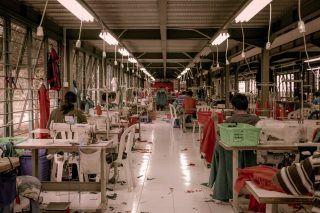
Photo by Rio Lecatompessy on Unsplash
The focus is thus on quality over quantity. Once you are finished with a garment, you don’t simply throw it away. This is where aspects of resale (things like thrifting) form a vital part of the circular fashion economy.
Covid-19 and circular fashion
It isn’t a secret that Covid-19 had an immense impact on the entire fashion industry. Suddenly, physical stores could no longer open and brands were entirely reliant on e-commerce. Most brands were able to continue at least to some extent. However, the real surprise came from online resale platforms which experienced growth during the pandemic. In fact, year on year in 2019/2020, the entire online resale category saw a massive growth of 25%. And that growth doesn’t seem to be hitting any kind of ceiling.
It seems that people have, in the past year, experienced a substantial shift in thinking. This shift in thinking is likely due to the fact that people have been forced into self-reflection. The pandemic’s impact on the economy forced people to think about how they were spending their money previously. Luckily, one of the major benefits of buying secondhand is the reduced cost. According to Glossy, this change in shopping habits seems to be permanent, with the resale market expected to grow by 15% to 20% annually over the next five years.
Fashion resale continues to grow
But will this increased consumer interest force fast fashion brands to improve sustainability practices? Will said brands introduce adequate circular fashion methods and techniques? It seems that the answer here is yes. Both high street and luxury brands are getting involved in the resale market and seem to simultaneously be adopting more sustainable techniques. Of course, this surge in popularity of resale is perhaps hardest on luxury brands.
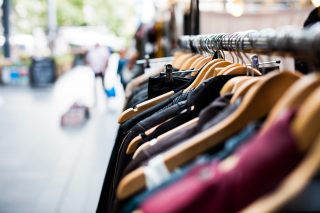
Photo by Artificial Photography on Unsplash
Gen Z’s appreciate luxury but, generally, can’t afford the hefty price tags that come with it. In an effort to embrace the circular economy and the way in which new consumers are buying, many luxury brands have joined the ranks of resale. Embracing this new way of buying also allows luxury brands to prevent consumers from unwittingly buying counterfeit goods.
Gen Z is making changes
Gen Z’s and young millennials are consumers with spending power and, yet, most likely to have been adversely affected by the pandemic. But, in general, this group is passionate about trends and uses them as a means of self-expression. However, they are also aware of the wider impact the fashion industry has on the planet. This is likely the reason behind Gen Z’s and younger millennials opting to buy and sell online through resale platforms. Sustainability really motivates Gen Z’s and this has lead to an increase in Gen Z shoppers on luxury resale platforms like The RealReal.

Photo by John Diez from Pexels
Another thing Gen Z has done for resale? They’ve essentially made it into entertainment. Platforms like Depop and Poshmark have become a means of entertainment. Essentially, these platforms have become pseudo-social media platforms with users able to follow, save, and like. According to a Bain & Company report, 35% of Depop users engage with the platform as “a cool thing to do (entertainment).” And of course, this new way of shopping and engaging was amplified during the pandemic when people were forced into quarantine. Poshmark utilized this as a way to expand the platform and introduce community-based online events.
References
https://www.greenstrategy.se/circular-fashion-definition/
https://www.voguebusiness.com/sustainability/fashions-circular-economy-could-be-worth-5-trillion


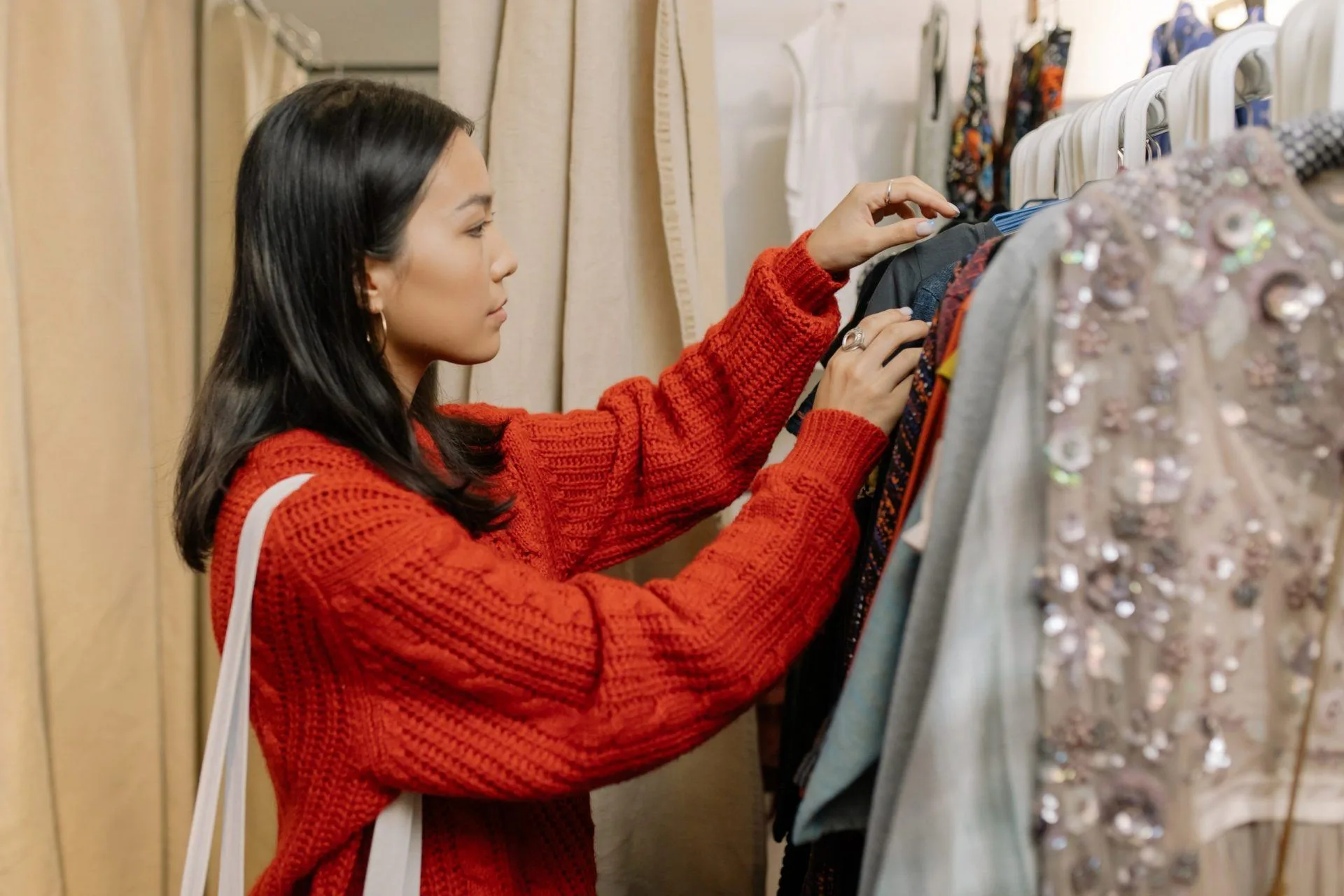


![women [longevity live]](https://longevitylive.com/wp-content/uploads/2020/01/photo-of-women-walking-down-the-street-1116984-100x100.jpg)






